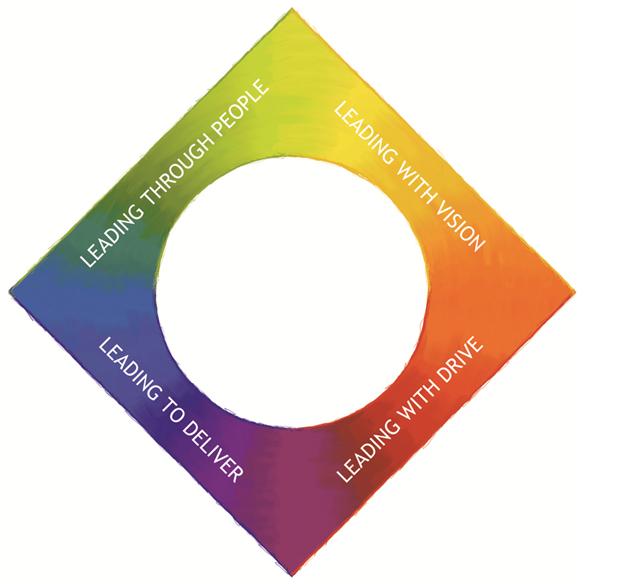Stephanie doesn’t like receiving praises too often. But as a Director of Operations for a hi-tech Start-up she has understood the importance of praising others at the job.
It doesn’t come naturally to her! She has to be intentional about it. She writes 20 appreciation cards per week and gives them to her team to show her love and appreciation.
Every leader will have their own preferred style of communication. Each style is a reflection of certain values a person holds and their strengths. It is important to understand what your communication style is and what the gaps are. With the right training you can develop the skills to fill the gaps and communicate effectively with your team.
Determine Your Style And Develop The Right Skills:
To determine your style, rank the following statements from 1 to 4, with 1 being “most like me” and 4 being “least like me” to determine your preferred style. Then read the corresponding tips to learn how to leverage your strengths and adjust your style for more effective communication. We’ve labeled the four styles A through D as a reference for the tips below.
(A). I tend to focus on facts and details, and take a structured approach to my work. I like to have all the relevant information before making a decision. I don’t do hugs at work.
(B). I am naturally informal and laid back. People often confide in me because I’m a good listener. I tend not to direct where a conversation goes. I’m uncomfortable with conflict.
(C). I am energetic and animated when speaking. I love to discuss creative ideas. I may switch from topic to topic within the same conversation. I prefer big picture, vision talk. Spare me the details!
(D). I get to the point quickly and appreciate others who do the same. I focus on action. I don’t shy away from conflict. If a meeting or project is stalled, I’ll get it going.
Leverage Your Strengths:
If you rated yourself highest in “A” your strengths are ensuring that all details are covered so that nothing falls through the cracks. You like structure and process. You need to be aware, though, that overusing your strengths can turn off others, meaning you won’t be heard. Those who are higher “D” will want a quicker decision. Those who rate higher as “C” will want less detail.
If you rated yourself highest in “B” your strengths are promoting harmony and ensuring that everyone’s input is heard. Remember that conflict can be a good thing when managed constructively and often leads to innovative ideas. Engage those who are high “D” by discussing the tough topics.
If you rated yourself highest in “C” your strengths are creating a vision and bringing energy and a sense of fun to the task at hand. Recognize, though, that others may interpret your energy and fun as a lack of commitment and focus. Have details available for those who need them. Get to the point quicker when communicating with those who focus on action. And stay on topic for those who are strong “B”s.
If you rated yourself highest in “D” your key strengths are decisiveness and moving a conversation, a team or a project forward. You are direct in the way you communicate. Understand that others may interpret your directness as arrogance, or worry that a speedy decision will miss important details. To ensure that you are heard, slow your pace a bit for those who are high in “B”. Outline the decision process for those who need the details. And map to the vision for those who focus on creativity.
Want to learn more about your style and how to recognize and adapt to others? Register here for my free Leadership Power Hour webinar.
Till the next time, Keep it Real! Karen









